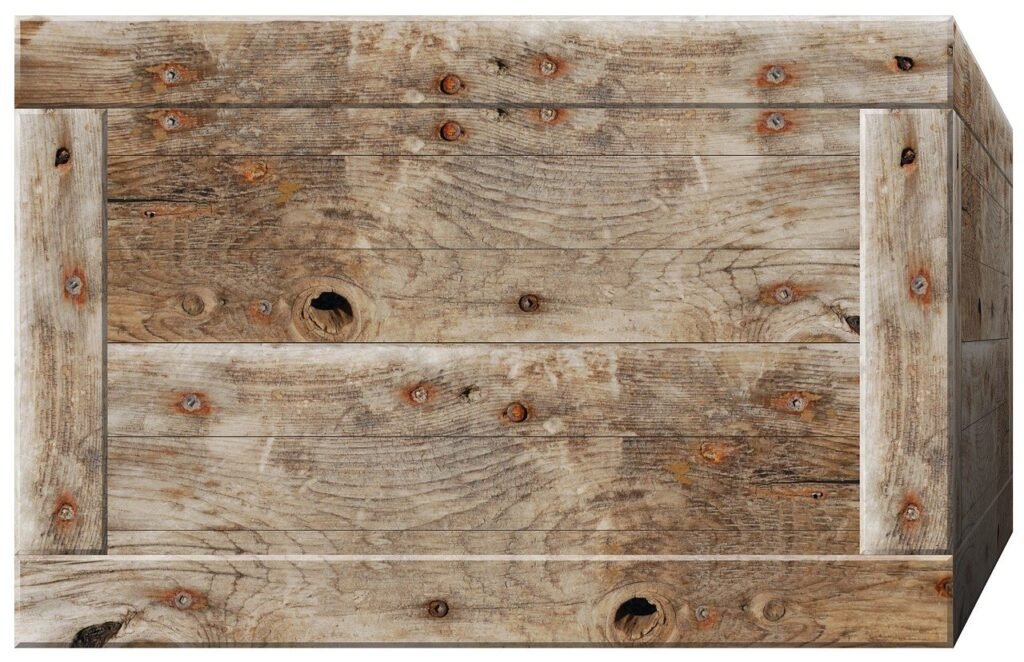Are you struggling with housebreaking your new puppy?
Housebreaking your new puppy can be a challenging task, but with the right tools and techniques, it can be a smooth and successful process. One effective method that many pet owners swear by is crate training. In this article, we will explore the benefits of crate training and provide you with some helpful tips to make the housebreaking process easier for you and your furry friend.
Why crate training is an effective method for housebreaking
Crate training is a popular and effective method for housebreaking puppies because it utilizes a dog’s natural instincts to create a safe and comfortable space for them. Dogs are den animals by nature, so a crate can mimic the security and comfort of a den, making it a natural space for them to rest and relax. When used properly, a crate can also help with potty training, as dogs are less likely to eliminate in their sleeping area. Additionally, crate training can prevent destructive behavior when you are not home to supervise your puppy.
How to choose the right crate for your puppy
When it comes to crate training, choosing the right crate for your puppy is crucial. The crate should be big enough for your puppy to stand up, turn around, and lie down comfortably, but not too large that they can eliminate in one corner and sleep in another. There are various types of crates available, including wire crates, plastic crates, and soft-sided crates. Consider your puppy’s size, breed, and current potty training needs when selecting a crate.
| Crate Type | Description |
|---|---|
| Wire Crates | Easy to clean and provide good airflow. |
| Plastic Crates | Provide a more den-like environment. |
| Soft-Sided Crates | Lightweight and portable for travel. |

This image is property of pixabay.com.
Introducing your puppy to the crate
Introducing your puppy to the crate should be done gradually to avoid causing stress or anxiety. Start by placing the crate in a quiet and comfortable area of your home, with the door open. Encourage your puppy to explore the crate by placing treats and toys inside. You can also feed your puppy near the crate to create positive associations with it. Once your puppy seems comfortable going in and out of the crate voluntarily, you can start closing the door for short periods of time. Be sure to praise and reward your puppy for calm and relaxed behavior inside the crate.
Establishing a routine for crate training
Consistency is key when it comes to crate training. Establish a routine for your puppy that includes regular potty breaks, feeding times, playtime, and crate time. When you are not able to supervise your puppy, place them in the crate with a few toys or treats to keep them occupied. Avoid leaving your puppy in the crate for extended periods of time, as this can lead to anxiety and negative associations with the crate. Gradually increase the time your puppy spends in the crate to help them get used to it.

This image is property of pixabay.com.
Using the crate for potty training
Crate training can be a valuable tool for potty training your puppy. Dogs are naturally inclined to keep their sleeping area clean, so they are less likely to eliminate in the crate. When using the crate for potty training, be sure to take your puppy outside immediately after they are let out of the crate, as they will likely need to relieve themselves. Praise and reward your puppy for eliminating outside to reinforce good potty habits. Be patient and consistent with your potty training efforts, as accidents are to be expected during the housebreaking process.
Crate training do’s and don’ts
When crate training your puppy, there are some important do’s and don’ts to keep in mind to ensure a positive experience for both you and your furry friend.
| Crate Training Do’s | Crate Training Don’ts |
|---|---|
| Do make the crate a comfortable and inviting space for your puppy. | Don’t use the crate as a form of punishment. |
| Do follow a consistent routine for potty breaks and crate time. | Don’t leave your puppy in the crate for extended periods of time. |
| Do reward your puppy for calm and quiet behavior in the crate. | Don’t allow your puppy to whine excessively in the crate without addressing their needs. |

This image is property of pixabay.com.
Troubleshooting common crate training problems
Even with the best intentions, crate training may not always go as smoothly as planned. Here are some common problems that pet owners may encounter during crate training, along with some tips for troubleshooting them:
Problem: Puppy whining or crying in the crate Solution:
- Make sure your puppy has had ample exercise and potty breaks before being placed in the crate.
- Provide your puppy with a comfortable blanket or toy to help them feel secure.
- Avoid giving in to your puppy’s demands when they whine, as this can reinforce the behavior.
Problem: Puppy having accidents in the crate Solution:
- Ensure that your puppy is on a consistent potty schedule and taken outside regularly.
- Remove any soiled bedding or blankets from the crate promptly.
- Consider crate training aids such as pee pads or crate liners for added protection.
Problem: Puppy showing signs of anxiety or stress in the crate Solution:
- Spend time with your puppy to help them acclimate to the crate gradually.
- Provide mental stimulation and interactive toys to keep your puppy occupied.
- Consult with a professional dog trainer or behaviorist for additional support.
Final thoughts on successful housebreaking with crate training
Crate training can be a highly effective method for housebreaking your puppy when done correctly. By establishing a routine, using positive reinforcement, and addressing any issues promptly, you can help your puppy adjust to the crate and develop good potty habits. Remember to be patient and consistent with your training efforts, as housebreaking takes time and dedication. With the right approach and mindset, you and your puppy can achieve successful housebreaking with crate training.
